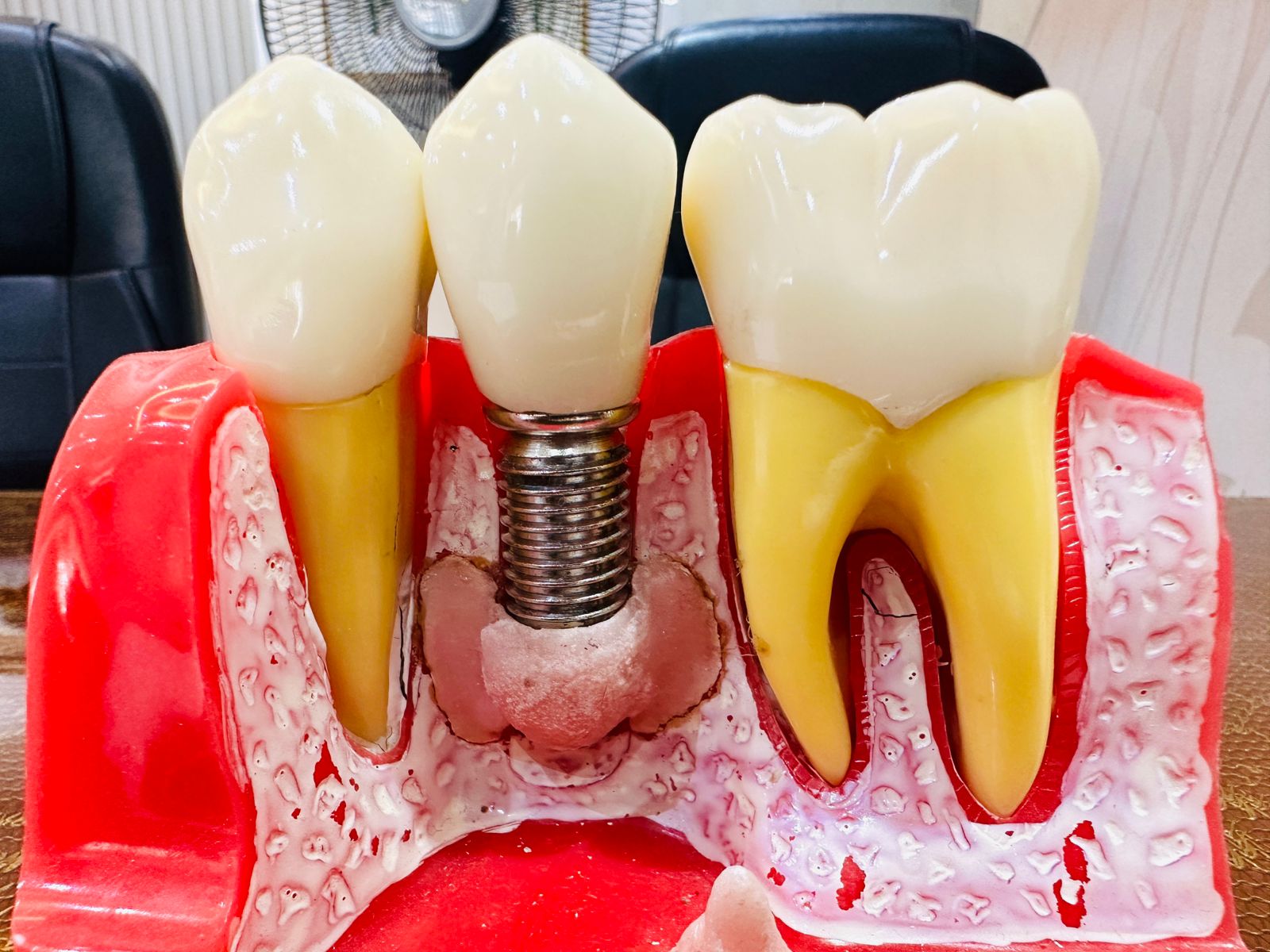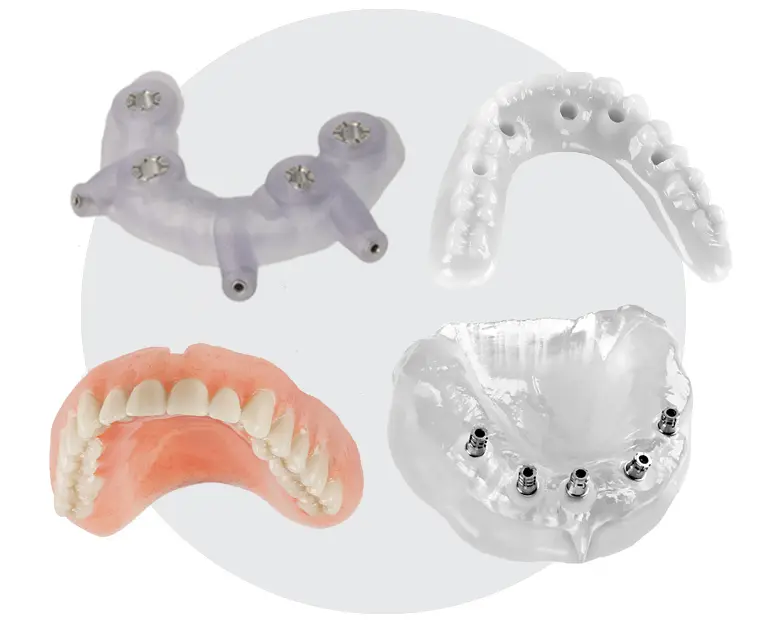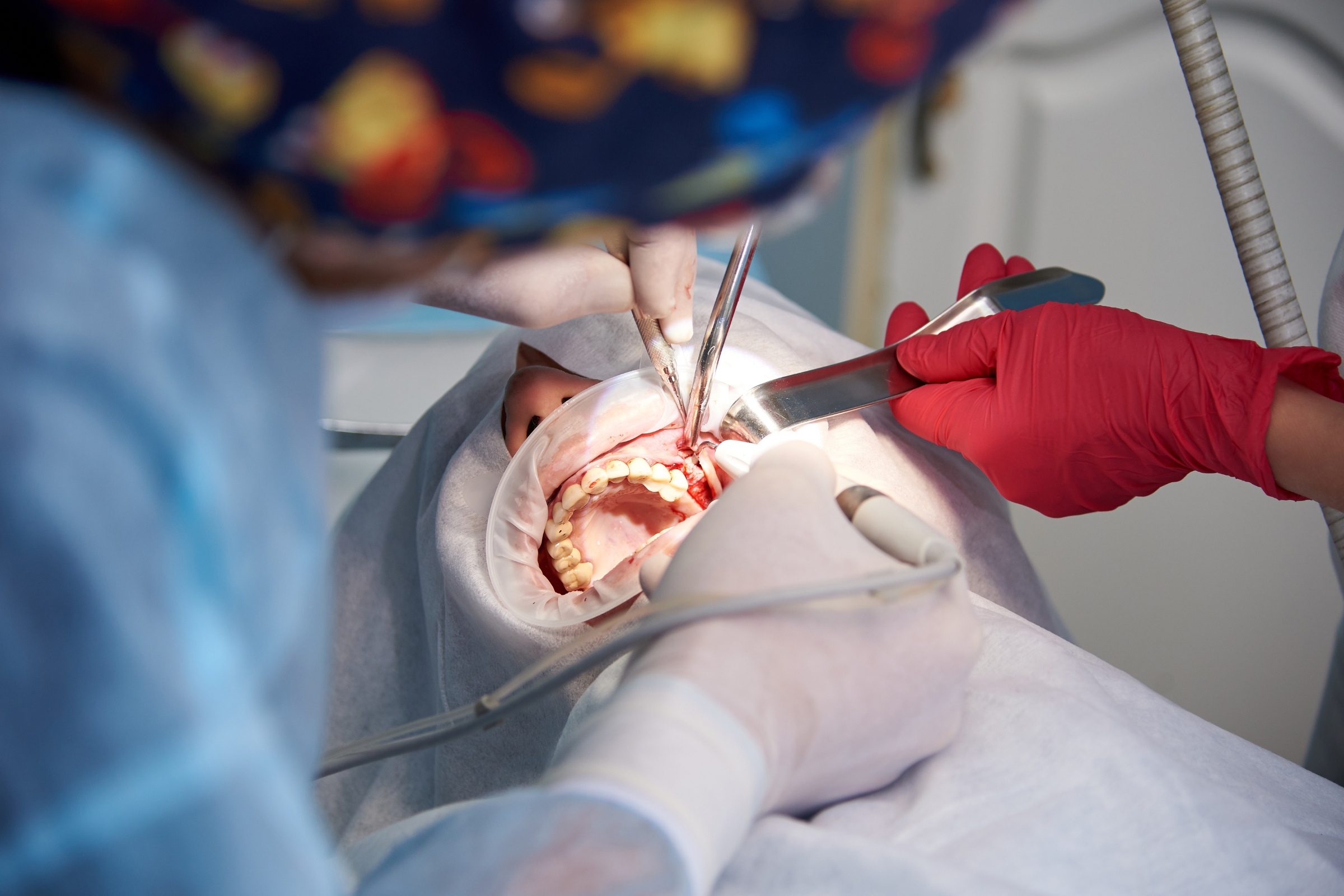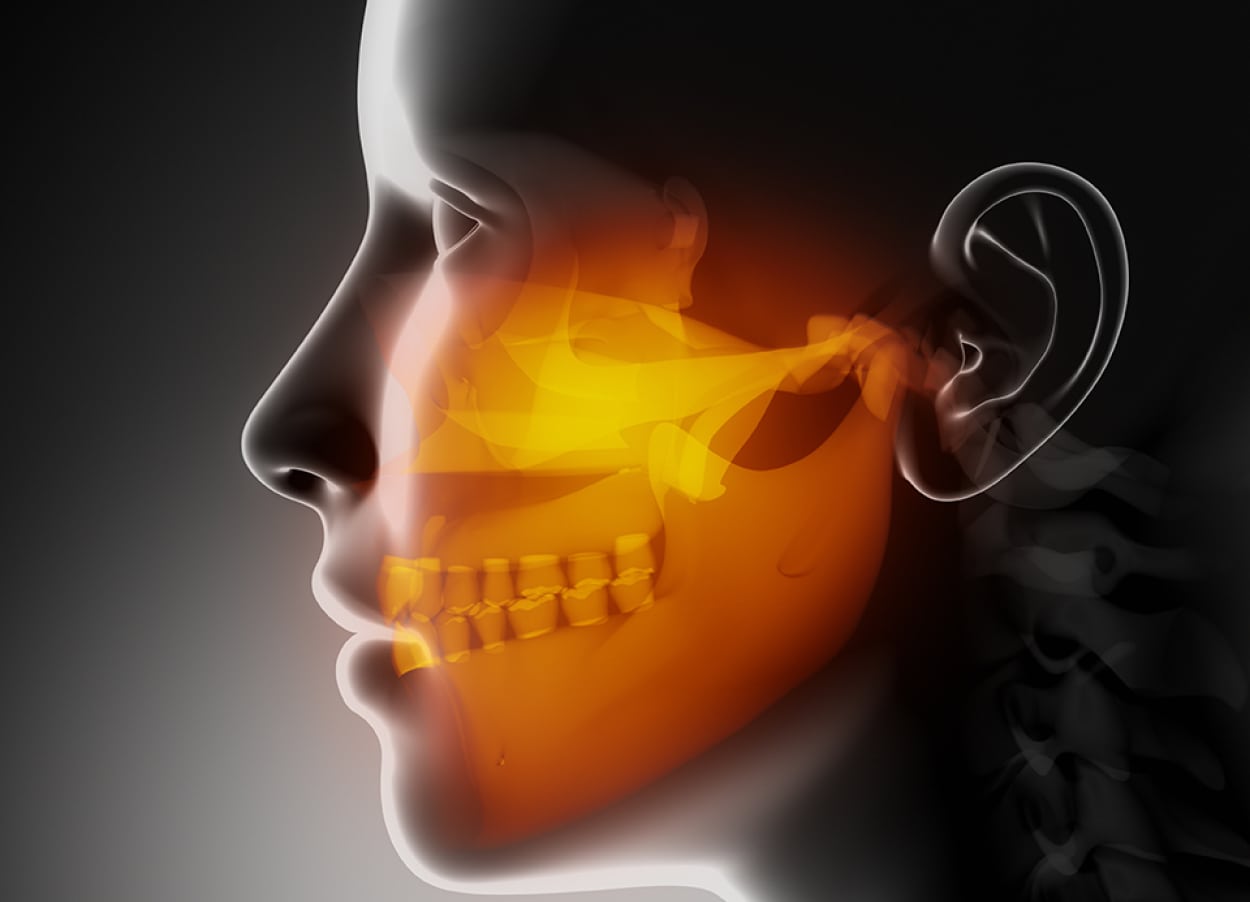
1. Dental Braces
Braces are fixed directly to the teeth, allowing an orthodontist to make precise adjustments. This makes them highly effective for correcting severe misalignments, large gaps, rotated teeth, and major bite issues that aligners might not be able to address
Since they are permanently fixed, braces work 24/7. The treatment progress does not rely on the patient remembering to wear them, making the outcome more predictable for individuals who might lack discipline.
The wires and brackets can cause irritation to the cheeks and gums. They also require diligent oral hygiene to avoid plaque buildup around the brackets, and they come with dietary restrictions to avoid damaging the hardware (e.g., no sticky candies, hard nuts, or popcorn).
2. Invisible Aligners
The clear plastic trays are much less noticeable than metal braces, offering a major aesthetic advantage. Their removability allows for easy eating, brushing, and flossing, promoting better oral hygiene throughout treatment.
With no metal brackets or wires to cause irritation, aligners are generally more comfortable. They are also ideal for special occasions (like weddings or photos) as they can be taken out for short periods.
The success of treatment is entirely dependent on the patient wearing the aligners for the recommended 20-22 hours per day. Forgetting to wear them can significantly delay progress. They are also not suitable for every type of orthodontic problem, particularly the most severe cases.


3. Dental Implants Surgery
Provides a permanent replacement for missing teeth that functions and feels like a natural tooth, including stimulating the jawbone to prevent deterioration.
Involves surgically placing a titanium post into the jawbone, which acts as an artificial root for a crown to be attached.
Offers a superior, long-term solution compared to bridges or dentures, improving chewing ability, speech, and facial structure.
4. Guided Implant Surgery
Uses advanced 3D CT scans and computer software for precise pre-surgical planning, ensuring optimal implant placement for safety and success.
“All-on-4/6” technique allows for a full arch of teeth to be supported by just 4 or 6 implants, often enabling immediate temporary teeth in a single day.
Minimally invasive procedure that reduces surgery time, promotes faster healing, and provides a fixed, non-removable solution for those with no teeth.


5. Painless Root Canal Treatment
A procedure to save and repair an severely infected or decayed tooth by removing the inflamed pulp, cleaning the canal, and sealing it.
Modern techniques and local anesthesia ensure the process is comfortable and pain-free, contrary to common misconceptions.
Prevents the need for tooth extraction, relieves pain from infection, and allows you to retain your natural tooth structure.
6. Smile Design
A comprehensive cosmetic process that designs a smile enhancement tailored to your facial features, lip line, and desired outcome.
Uses digital imaging and mock-ups to preview the final result, ensuring it meets your expectations before any procedure begins.
Often combines multiple treatments (e.g., whitening, veneers, crowns, gum contouring) to achieve a harmonious, natural-looking, and beautiful smile.


7. Cosmetic & Laser Dentistry
- Focuses on improving the appearance of your teeth, gums, and smile through procedures like bonding, contouring, and gum lifts.
- Utilizes dental lasers for precise, minimally invasive treatments that often reduce pain, bleeding, and recovery time compared to traditional methods.
- Can address a wide range of issues, including stained teeth, gaps, uneven gum lines, and minor shape imperfections.
8. Full Mouth Rehabilitation
A comprehensive treatment plan that reconstructs or restores all of the teeth in both the upper and lower jaws simultaneously.
Addresses complex issues involving bite, jaw muscles, and the temporomandibular joint (TMJ), combining restorative and cosmetic dentistry.
Aims to improve oral health, function (chewing and speaking), and aesthetics for patients with severe wear, decay, injury, or congenital defects.


9. Teeth Whitening
A safe and effective cosmetic procedure to lighten teeth and remove stains and discoloration, significantly enhancing smile brightness.
Can be performed in-office for immediate, dramatic results or with custom take-home trays for gradual whitening.
Boosts confidence and is one of the most popular and least invasive ways to improve the overall appearance of your smile.
10. Dental Jewellery (Pure Diamond/Stone)
A cosmetic trend involving the safe and painless attachment of a small jewel (diamond, crystal) to the surface of a tooth.
Applied with a safe dental adhesive and is a reversible procedure that does not damage the tooth enamel.
Offers a unique and personalized way to accessorize and add a subtle sparkle to your smile.


11. Oral & Maxillofacial Surgery
A specialized surgical field dealing with complex conditions of the mouth, teeth, jaws, and face.
Procedures range from complex tooth extractions (like impacted wisdom teeth) to corrective jaw surgery and treatment of facial injuries.
Often performed to diagnose and treat benign and malignant tumors, facial pain, and reconstructive surgery of the face.
12. Wisdom Tooth Surgery
The removal of impacted or problematic third molars that can cause pain, infection, crowding, or damage to adjacent teeth.
A common surgical procedure performed under local anesthesia, sedation, or general anesthesia for patient comfort.
Prevents future dental problems and promotes better oral hygiene by eliminating hard-to-clean areas.


13. Cancer Operation (Oral Cancer)
Involves the surgical removal of cancerous tissues and tumors from the oral cavity, lips, tongue, cheeks, and jaw.
Aims to eradicate cancer while preserving as much function and aesthetics as possible, often requiring reconstructive surgery afterward.
Early detection is critical for a successful outcome, highlighting the importance of regular dental check-ups that include oral cancer screenings.
14. Cleft Lip and Palate Surgery
Corrective surgery to repair a congenital birth defect where the lip and/or roof of the mouth (palate) did not form completely.
Typically performed in infancy and childhood by a specialized team to restore normal function for eating and speaking.
Improves facial appearance and is often done in stages to accommodate the child’s growth and development.


15. TM Joint Disorder (TMD/TMJ Therapy)
Diagnosis and treatment of disorders causing pain and dysfunction in the jaw joints and muscles that control jaw movement.
Symptoms include jaw pain, headaches, clicking/popping sounds, and limited mouth opening.
Treatment ranges from non-invasive options (night guards, physical therapy, medication) to advanced surgical interventions for severe cases.
16. Dental Veneer
Thin, custom-made shells of tooth-colored material (porcelain or composite) designed to cover the front surface of teeth.
Used to correct discolored, worn down, chipped, misaligned, or gapped teeth, creating a uniform, white, and symmetrical smile.
Provide a strong, stain-resistant, and natural-looking tooth appearance with minimal removal of tooth structure.


17. Jaw Fracture Surgery, Jaw Cyst/Tumor Surgery
Surgical repair of broken jaw bones using plates, screws, or wiring to stabilize the fracture and ensure proper healing.
Removal of benign cysts or tumors from the jawbone to eliminate pain, prevent damage to teeth and nerves, and rule out malignancy.
Restores normal jaw function, alignment, and facial symmetry, often requiring a period of rest and a modified diet for recovery.
18. Tooth Vampiring (Customization)
A cosmetic dental fashion trend where teeth are customized with unique shapes, points, or designs to create a distinctive look.
Typically achieved through cosmetic contouring or the application of composite resin, which is a reversible procedure.
Allows for personal expression but should be performed by a qualified dentist to ensure it does not compromise tooth health.


19.Gingivoplasty (Gum Contouring)
A cosmetic periodontal procedure to reshape and sculpt the gum line to create a more balanced and aesthetically pleasing appearance.
Can correct a “gummy smile” (where too much gum tissue shows) or an uneven gum line, making teeth look longer and more symmetrical.
Often performed with lasers for precision, minimal discomfort, and faster healing, and can also improve gum health by eliminating pockets.